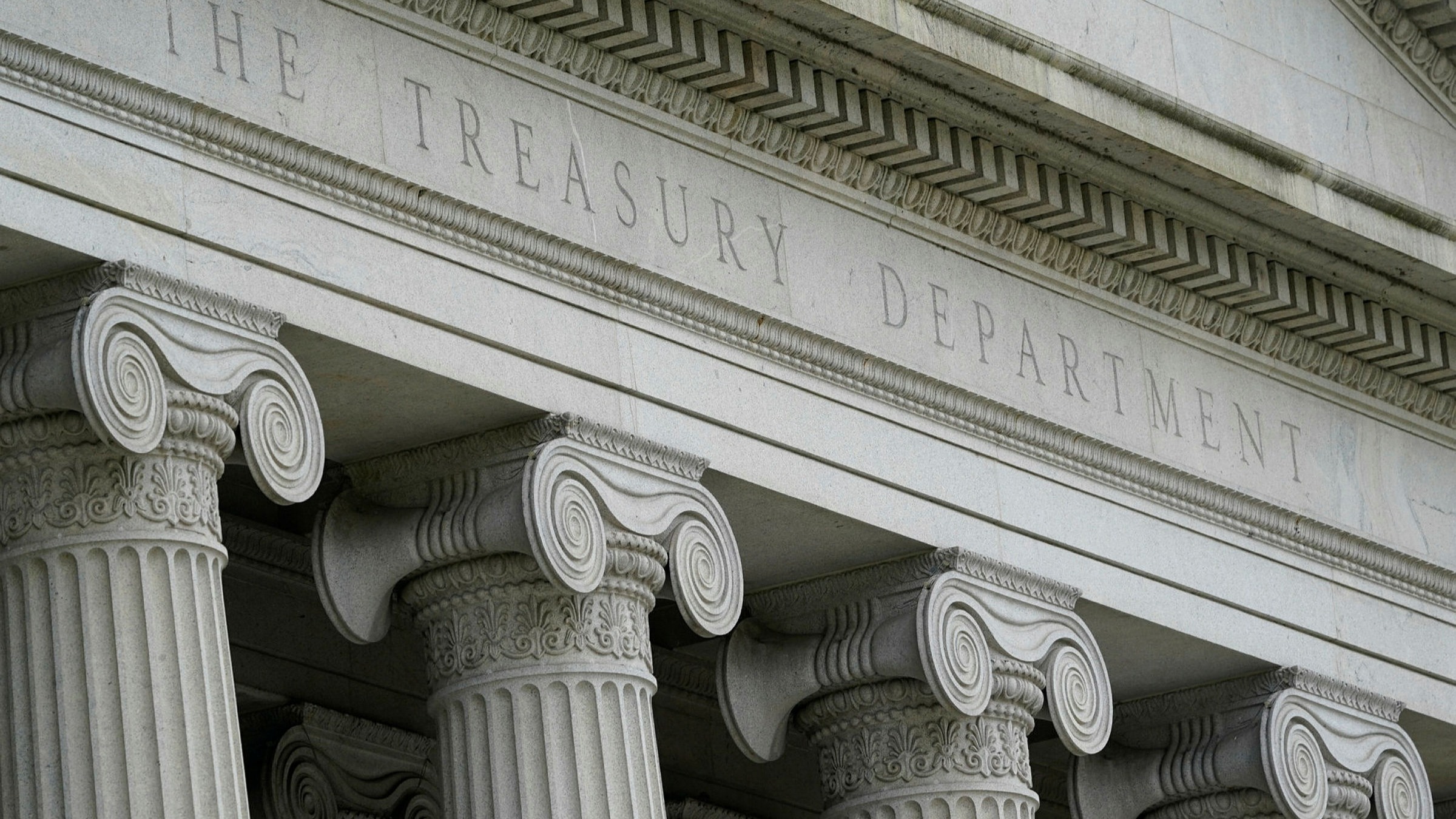US Treasurers hunt for yield as interest rates rise

US corporations are adding high-yielding money market funds to compensate for the little to no return on cash piles with banks.
Cash holdings of US corporations surged to record levels in the wake of the pandemic as they raised billions of dollars to boost their liquidity. Subsequently, the economic recovery and the increase in earnings led cash & cash equivalents to grow further but as short-term interest rates were near zero, businesses generated little return.
With the Federal Reserve hiking benchmark rates to tame inflation, treasurers expect to earn higher interest on cash piles parked at banks, but banks may pass the benefit to corporations with a time lag and as an alternative, treasurers are shifting capital to instruments like money-market funds (MMF), which provide a sizable tradeoff to shift cash for higher yield.
Hunt for yield
Money-market funds, a form of mutual fund that invest in short-term debt securities including treasury bills and commercial paper, have seen annualised seven day yield increase from 1.23% in June to 1.96% in August 2022, according to Crane data, a money market and mutual fund information company.
While banks don’t bifurcate the interest paid out to corporate customers, EuroFinance calculated the annualised companywide interest paid on interest-bearing deposits which, for the key US corporate banks, averaged 0.85% in the second quarter, only 49bps higher than 0.36% in the preceding quarter. In turn, corporate customers have withdrawn billions of dollars from banks since the start of the year.
Treasurers have been ramping up their MMF holdings, for instance, the California based technology giant, Apple increased its MMF portfolio by 46% or $3.5 billion to $11.2 billion at the end of the second quarter, as per its quarterly filings.
The pharmaceutical and biotechnology firm, Pfizer followed suit with a 58% or $1.6 billion increase in MMF’s to $4.3 billion in Q2, highest in the last eight quarters.
“Pfizer has always used MMF’s as a tool in managing the company’s short term cash and investments, while bank deposits do not play a significant part in the process” a spokesperson at Pfizer told EuroFinance.
The manufacturer of electric vehicles, Tesla motors had invested $8.03 billion in MMF at the end of the second quarter, comprising almost 42% of its total cash & cash equivalents.
Amongst others, the financial services company Visa and the health insurance provider Anthem also expanded their MMF portfolio by 15.3% and 7.2% to $10.8 billion and $3.0 billion, respectively.
On the other hand, the e-commerce giant Amazon and its tech rival, Meta Platform (formerly called Facebook) bucked the trend as they reduced MMF by 21% and 47% to $18.8 billion and $3.8 billion, respectively during the same time period.
Treasurers consider these securities both safe and liquid, fulfilling key criterions before they decide to allocate capital in any financial instrument and higher yield may boost investment returns going forward.
Duration risk
Meanwhile, corporates also hold bonds issued by government, corporates or backed by real-estate (MBS) which generally have a longer maturity period as compared to the ones in money market funds and as per data collected by EuroFinance, the top 25 S&P 500 companies based on their cash & investment holding have reduced these securities by $41 billion since the start of the year.
While treasury bonds with maturity from six months to thirty years offer a yield of over 3%, they carry duration or interest rate risk, which means that the price of these bonds reduce as interest rates rise and if the investment is liquidated before maturity it will result in a loss of capital.
At the end of the second quarter, the unrealized losses on these debt instruments stood over $27 billion for these companies, almost 4% of the invested capital, EuroFinance’s analysis shows.
If inflation continues to persist at high levels, central banks will be forced to keep increasing benchmark rates, prompting treasurers to pivot strategies to not just take advantage of higher yield but also manage liquidity.
—
Treasurers at Amazon, Maersk and Pearson will be discussing how they plan to manage the assemblage of cash going forward and adjust their cash management strategies in the era of high interest rates at the EuroFinance International Treasury Management in September 2022.
There will also be a session on regulatory reforms in Money market funds and their repercussions on corporates who want to continue to use MMFs as a core element of their liquidity management strategies.